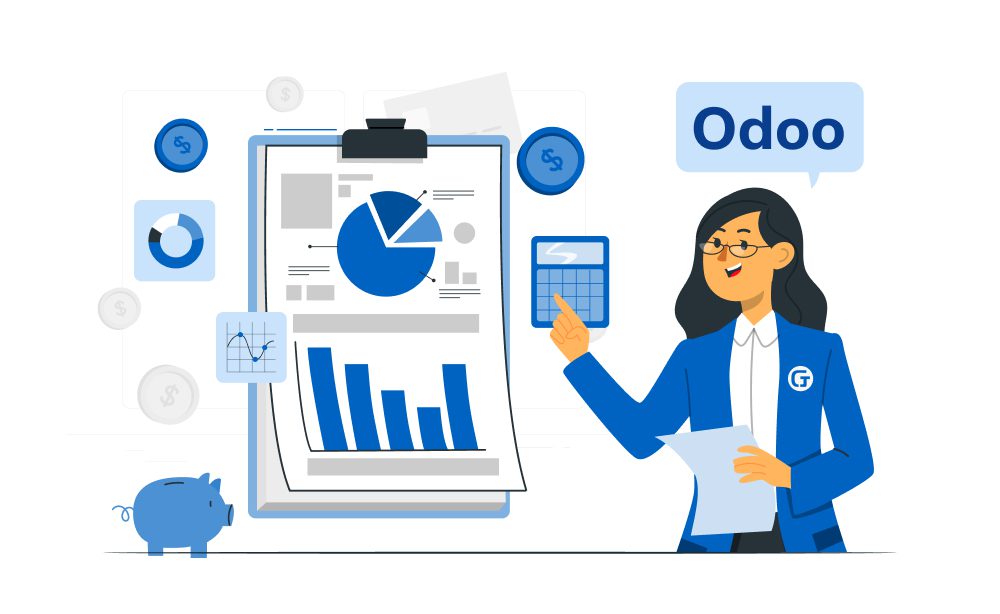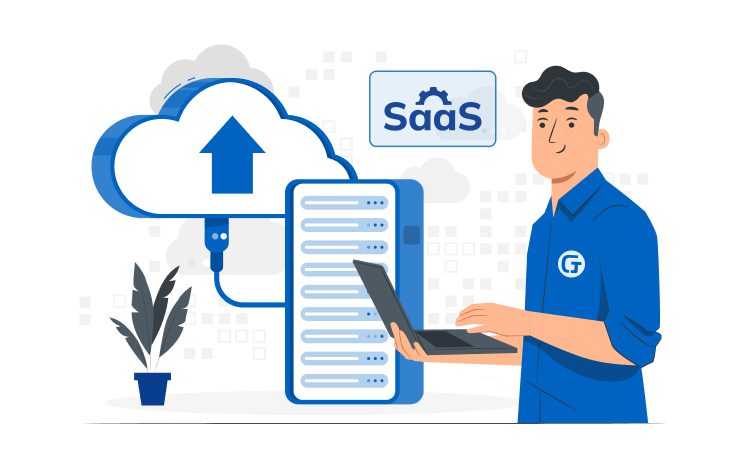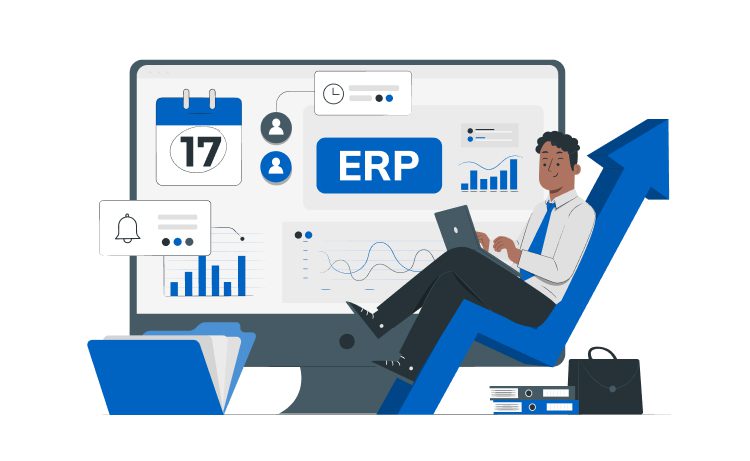
Top 10 Best Practices to Reduce Uncertainty in Software Development



Uncertainty is a common challenge faced by software development teams. The reason for it is simple — most often, developers are creating something that has never been done before, or has been done in a different way. This is a pioneer’s work, when the software engineers have to trailblaze, whether they want it or not. Constantly evolving requirements, technological complexities, and market dynamics add to this challenge.
Example: What was the most uncertain / pioneering / innovative project that Glorium team encountered? What was the weirdest or unexpected requirement from the clients, where the team had really to scratch their heads to come up with the idea?
Content
While not a bad thing, uncertainty affects the software development in several ways. Not having a clear understanding of what is going to happen can be the cause of:
What can you do to minimize these issues? Turns out, a lot. From our experience, we’ve crystallized ten hacks that can help reduce the gray areas and improve the success rate of software development projects.
Good news is that uncertainty reduces naturally, as your team works on the project. Yet, there are ways to speed up this process. By implementing the steps below, your team will be able to navigate uncertainties, make informed decisions, and deliver high-quality software more efficiently.
Practical advice: Is there a protocol for handling uncertainty at Glorium? Does uncertainty level get an assessment in the beginning of the project? Do you have some kind of scale for the uncertainty, or a meeting where you discuss everything that is unknown in the project? At what point the uncertainty makes it too risky to take on a project, at all?
Adopting agile methodologies, such as Scrum or Kanban, promotes adaptability and flexibility in software development. Agile practices facilitate iterative development, frequent customer collaboration, and continuous feedback loops. This approach allows teams to respond to uncertainties such as changing requirements, and adjust project plans, reducing the impact of unforeseen circumstances.
Regular planning sessions, like sprint planning in Scrum, enable teams to continuously refine project requirements and goals. By engaging in ongoing discussions with stakeholders, teams can clarify expectations in the real-time mode, and ensure alignment throughout the process. Continuous planning helps minimize misunderstandings and provides a clearer direction for the project.
Clear and open communication is essential for reducing uncertainties. Establishing effective communication channels, both within the development team and with stakeholders, fosters transparency, encourages collaboration, and minimizes misinterpretations. Regular status updates, meetings, and collaborative tools help ensure that everyone involved has a shared understanding of project objectives, progress, and potential risks.
Practical advice: Software developers are not widely known for their socializing and communication skills — so what is the best way to ensure communication happens? Should there be someone who facilitates all necessary meetings and calls?
Prioritizing user-centric design practices reduces uncertainty by involving end-users early in the development process. Conducting user research, usability testing, and gathering user feedback provide valuable insights to shape the software solution. By understanding user needs and preferences, teams can mitigate uncertainties regarding user acceptance, usability issues, and feature relevance.
Implementing effective risk management practices allows teams to identify, assess, and mitigate potential risks. Conducting risk assessments, creating contingency plans, and actively monitoring risks throughout the project lifecycle helps in anticipating and addressing uncertainties. Proactive risk management minimizes the impact of unforeseen events, ensuring project stability and success.
Practical advice: What format of risk management do we use at Glorium? What are the usual scenarios to address the possible uncertainty-related pitfalls? Can you foresee all possible risks, or is there space for unpredicted, too?
Utilizing prototyping techniques enable teams to validate assumptions, gather feedback, and iterate on the software solution. By developing small prototypes or minimum viable products, teams can test out the uncertainties, and incorporate stakeholder feedback. Through having a hands-on trial, the accuracy of requirements improves. This minimizes uncertainties associated with misunderstood or misaligned expectations.
Automation plays a crucial role in reducing uncertainties in software development. Implementing automated testing, continuous integration, and deployment pipelines helps ensure software quality, reduces time-to-market, and minimizes the risk of errors and failures. Automation also enables teams to identify and resolve issues quickly, enhancing project predictability and reducing uncertainties related to quality assurance.
Practical advice: Can you remember example of automation that helped reduce uncertainty in Glorium projects? What you as CTO advise to automate first?
Promoting collaboration and cross-functional teamwork cultivates shared ownership and collective problem-solving. By encouraging open discussions, knowledge sharing, and mutual support, teams can leverage the diverse expertise and perspectives. Together your experts can identify innovative solutions they couldn’t figure out in a solo mode, and help each other adapt to changing circumstances effectively.
Frequent feedback loops and retrospectives are crucial for reflection, learning, and improvement. Regularly seeking feedback from stakeholders, end-users, and team members helps identify potential uncertainties, as well as make prognosis based on the completed tasks. Retrospectives allow teams to assess their practices, identify bottlenecks, and implement changes to enhance efficiency further on in the project.
Practical advice: How often do you do retrospectives in Glorium projects? What are the minimum and maximum timeframes for feedbacks and retros?
Embracing a culture of continuous learning and adaptation is vital for reducing uncertainties in software development. Encouraging ongoing skill development, staying updated with emerging technologies and industry trends, and promoting a growth mindset within the team fosters the ability to navigate the unknown waters of product development effectively. Teams should actively seek opportunities to learn from past experiences, share knowledge, and adapt their processes to take on future projects with confidence.
Reducing uncertainty in software development is crucial for successful project delivery. And, it’s possible. Agile methodologies, continuous planning, effective communication, user-centric design, risk management, prototyping, automation, collaborative teamwork, regular feedback, and continuous learning form a comprehensive framework for reducing uncertainties in software development.
By implementing these top 10 best practices, teams can enhance their working experience and deliver exceptional results.








